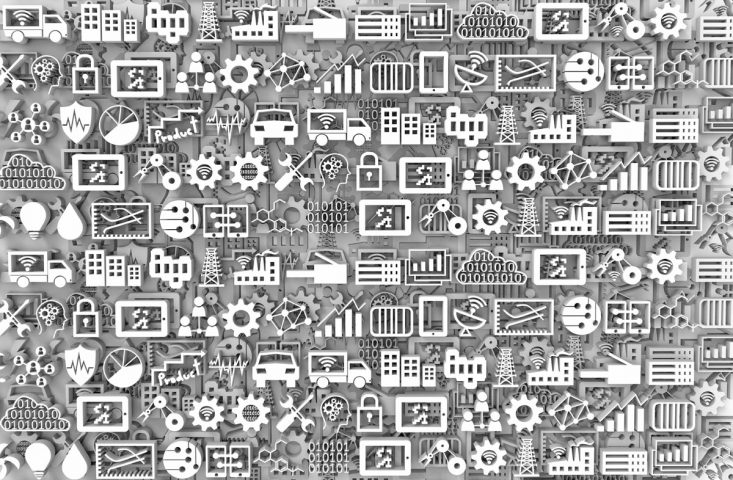


ACE METAL named to The FABRICATOR magazine’s FAB 40
June 28, 2017


While dairy consumer tastes change, stainless steel remains a constant…
August 31, 2017Metal Fabrication and the Industrial Internet of Things.


If you’re waiting for ‘the right time’ to investigate a new technology, you may be too late.
In an age where the pace of change in every part of our lives is affected by the advance of technology, 3 years can seem more like 30. In a 2014 article in thefabricator.com entitled, “Metal fabrication and the Internet of things” the author, Tim Heston, began his post by writing,
No one should be laughing, just three years later, when the burgeoning Internet of Things [IoT] has become increasingly more pervasive in the context of our lives, as both consumers and manufacturers, we see the Industrial Internet of Things [IIoT] opportunities growing at exponential rates.
The Industrial Internet of Things (IIoT), also known as Internet 4.0, combines ‘smart’ machines, advanced analytics, and people at work. It’s a network of devices connected by communication technologies into systems that monitor, collect, exchange, analyze, and deliver valuable new insights like never before. These insights can then help drive smarter, faster business decisions for industrial companies.


According to economic theorist and author Jeremy Rifkin, “…in 2014 there were more than 13 billion sensors on machines, roads and appliances and everywhere on the factory floor, front and back office and in retail stores. According to IBM, by 2020 we’ll have 30 billion sensors connecting every ‘thing’ with every being. And by 2030, the most recent forecast, we’ll have 100 trillion sensors, connecting all of us in one vast, lateral neural network made up of three operating engines: a communication Internet converging with an energy and logistics Internet.”
What, if anything, does this mean for manufacturing?
According to the The Forrester report’s 2016 hottest areas’ for IoT, growth in the field of Primary Manufacturing, will occur in:
- Supply Chain Management
- Inventory & Warehouse
- Industrial Asset Management
“The next industrial revolution will be data-driven,” says Bryce Barnes, senior manager of the machine and robot segment at Cisco Systems. “Those companies that embrace the IIoT will prosper, and those companies that don’t will be left behind.”*
Imagine a future where there are trillions of sensors, able to predict customer demand throughout the supply chain, monitor machine conditions to prevent unplanned downtime; and manufacturing methodologies which allow metal fabrication shops to change over between jobs within seconds, all synced with customer demands.
If you’re committed to lean manufacturing, or any other improvement methodology, you’ll quickly see how the Industrial Internet of Things has the potential to eliminate a significant portion of the waste in jobs waiting to be cut, machined, bent, shipped, and sold.
But don’t wait, because the future was yesterday...
* IMTSTV, “In Brief”; Tim Shinbara, Vice President of Manufacturing Technology for the Association for Manufacturing Technology, interviews Barnes at the 2015 [MC]2 Conference in Chicago





